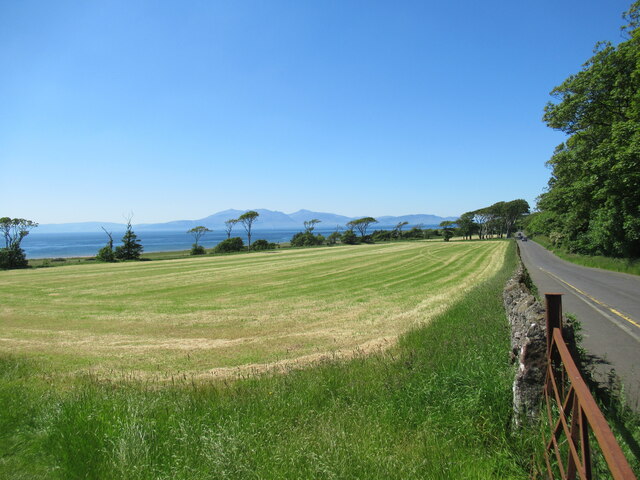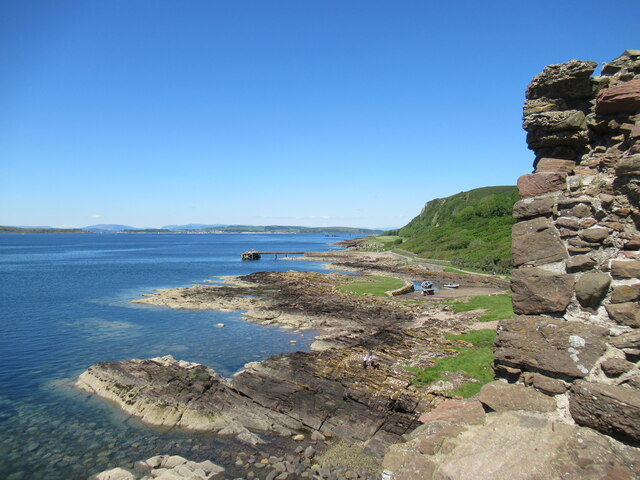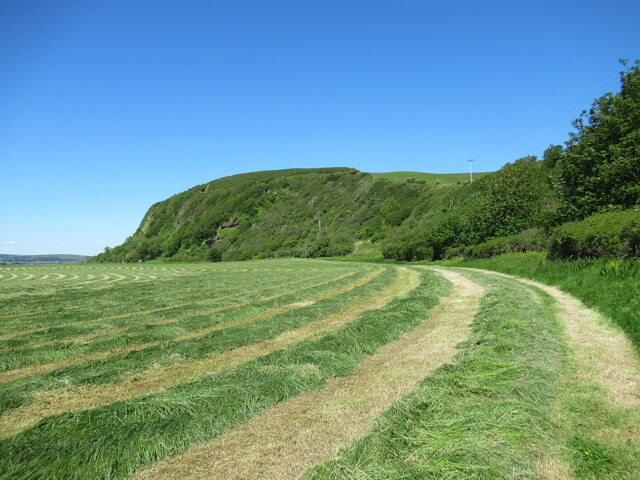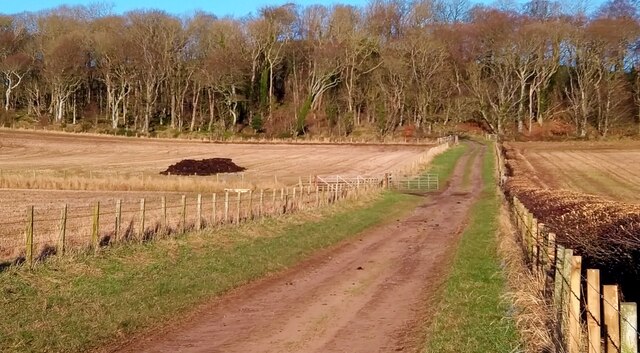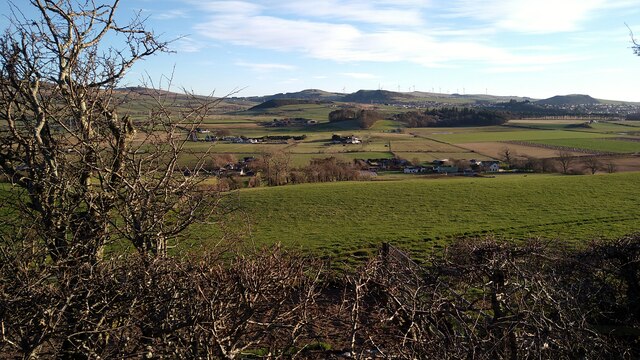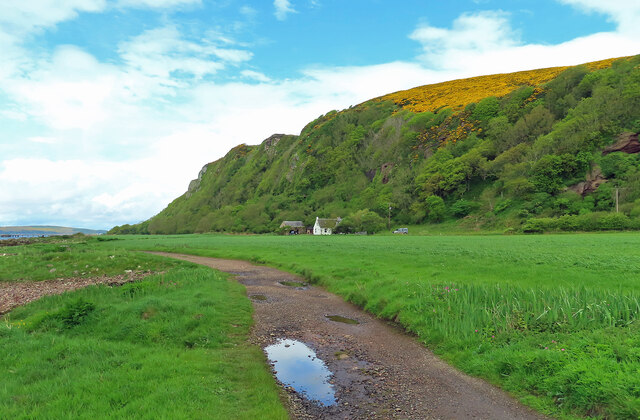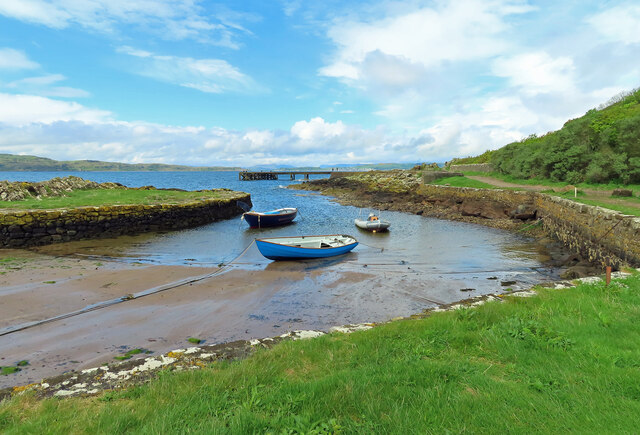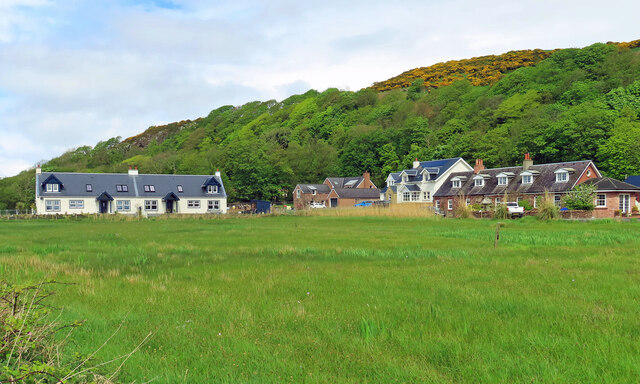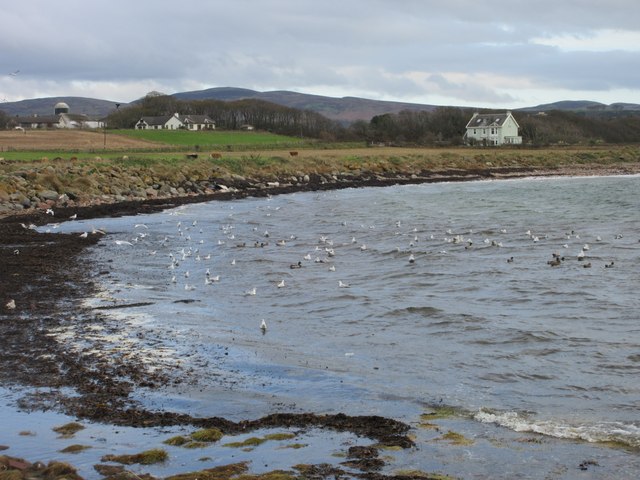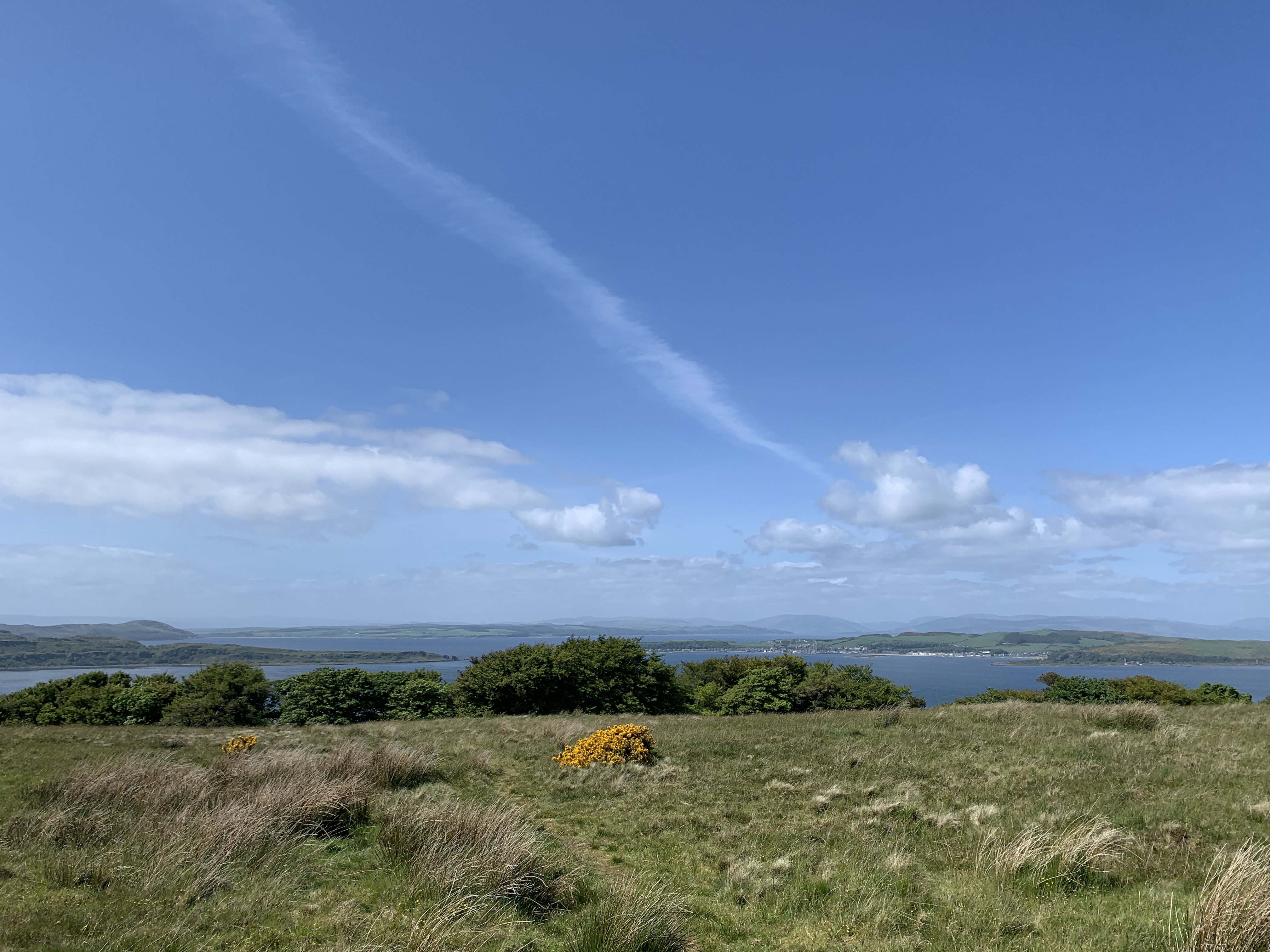Auld Hill
Hill, Mountain in Ayrshire
Scotland
Auld Hill
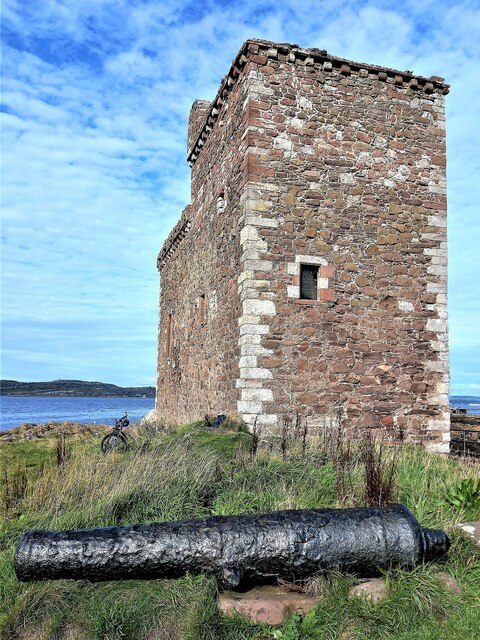
Auld Hill is a prominent hill located in Ayrshire, Scotland. With an elevation of approximately 300 meters (984 feet), it stands as a notable landmark in the region. The hill is situated in the southwestern part of Ayrshire, near the town of Ayr.
Auld Hill boasts a picturesque landscape, characterized by rolling green slopes and a diverse range of flora and fauna. Its slopes are covered in verdant grasslands and scattered with patches of heather, creating a colorful and vibrant setting. The hill provides breathtaking panoramic views of the surrounding countryside, including the nearby Ayrshire coast and the Isle of Arran.
At the summit of Auld Hill, visitors are rewarded with a stunning vista, extending as far as the eye can see. On clear days, one can even spot the distant peaks of the Scottish Highlands. The summit is accessible via well-maintained footpaths, making it a popular destination for hikers and nature enthusiasts.
Alongside its natural beauty, Auld Hill also holds historical significance. It is believed to have served as a site of ancient settlements, with remnants of stone structures and artifacts found in the vicinity. These archaeological findings contribute to the hill's cultural heritage and add to its allure.
Overall, Auld Hill stands as a majestic natural landmark in Ayrshire, offering visitors a chance to immerse themselves in the region's stunning scenery and rich history.
If you have any feedback on the listing, please let us know in the comments section below.
Auld Hill Images
Images are sourced within 2km of 55.700952/-4.9001678 or Grid Reference NS1749. Thanks to Geograph Open Source API. All images are credited.

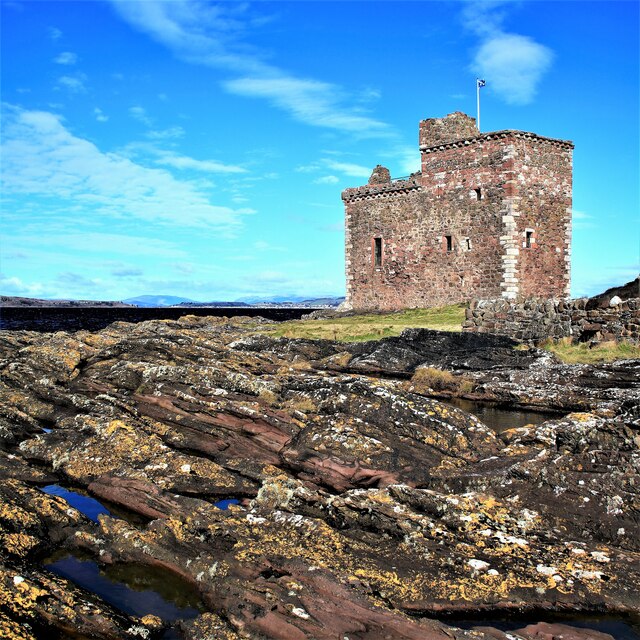
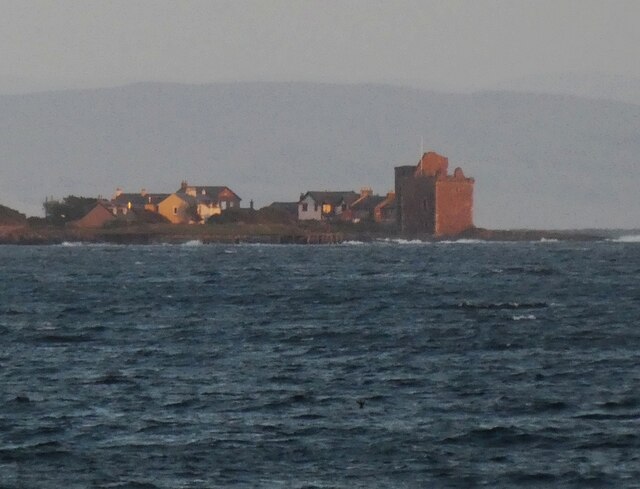
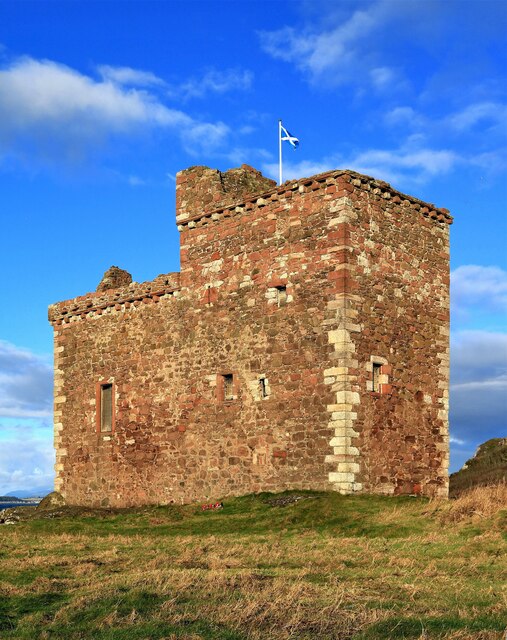
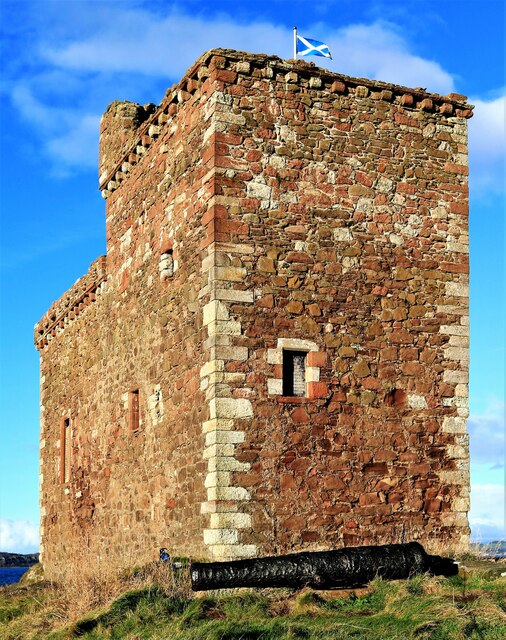
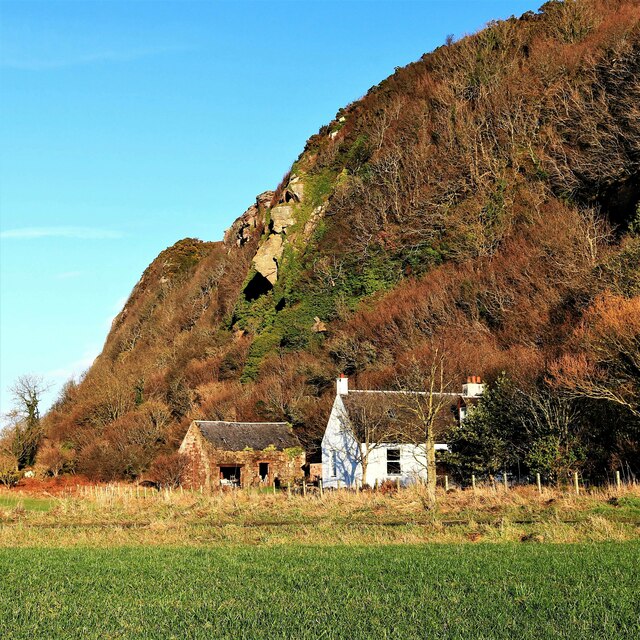
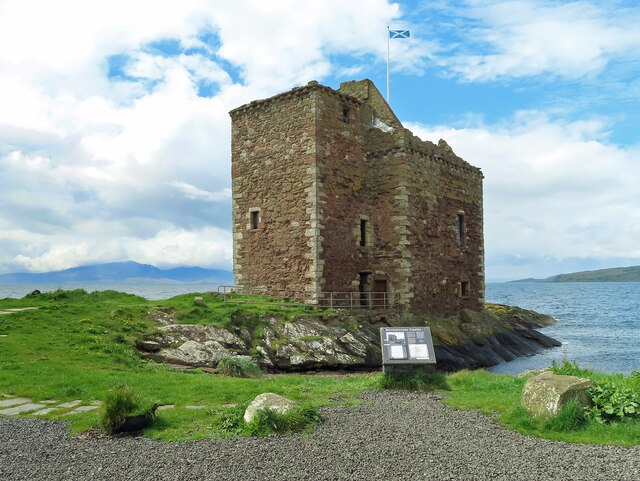
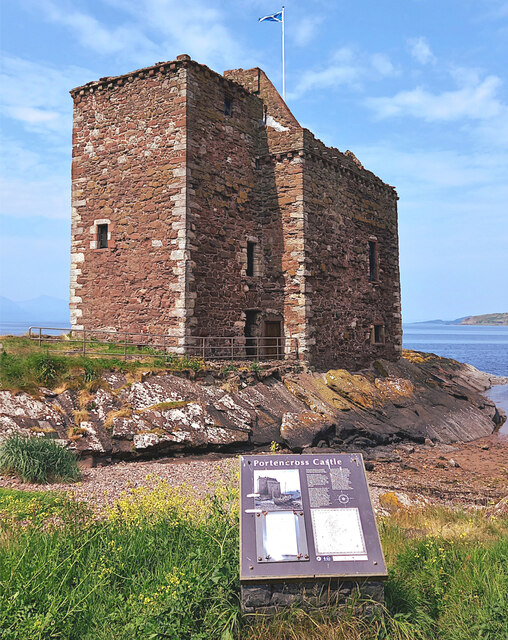
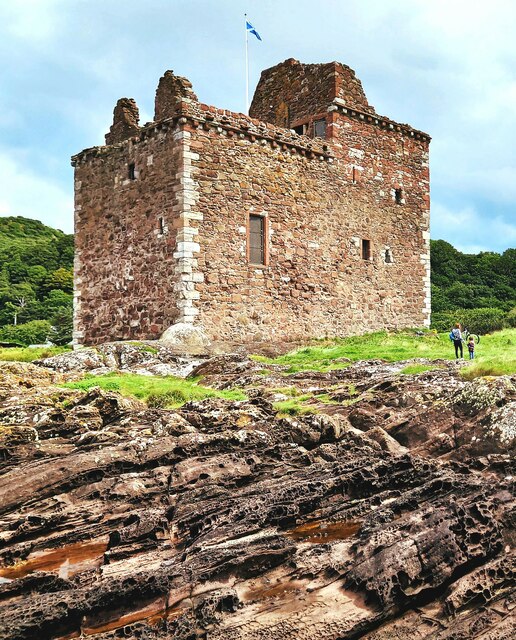
Auld Hill is located at Grid Ref: NS1749 (Lat: 55.700952, Lng: -4.9001678)
Unitary Authority: North Ayrshire
Police Authority: Ayrshire
What 3 Words
///earmarked.saturate.magpie. Near West Kilbride, North Ayrshire
Nearby Locations
Related Wikis
Portencross
Portencross (Scottish Gaelic: Port na Crois) is a hamlet near Farland Head in North Ayrshire, Scotland. Situated about three kilometres (two miles) west...
Portencross Castle
Portencross Castle, also known historically as Portincross Castle, is situated in Portencross, on the west coast of Scotland, about 3 km from West Kilbride...
Murder of Mary Speir Gunn
Mary Speir Gunn (31 August 1862 – 18 October 1913) was murdered in a shooting attack at the isolated Northbank Cottage near Portencross in North Ayrshire...
Goldenberry Hill
Goldenberry Hill is a hill in North Ayrshire, Scotland, near West Kilbride. It is a popular spot for walks and is visited regularly. It is 140 metres...
Nearby Amenities
Located within 500m of 55.700952,-4.9001678Have you been to Auld Hill?
Leave your review of Auld Hill below (or comments, questions and feedback).
